10+ Years Experience
Specialist Horse Menages

A horse arena is more than just a space for equestrian enthusiasts to ride and train; it’s a meticulously designed environment that prioritises the safety, performance, and longevity of both horses and riders.
Achieving these goals requires careful consideration of various factors, such as the arena’s base. But what exactly makes a good horse arena base? And how can you ensure that your arena is built on a solid foundation?
In this blog post, we’ll delve into the importance of horse arena bases, the differences between indoor and outdoor bases, and the key components of a base system.
Creating a safe and reliable environment for both horses and riders, a horse arena base significantly reduces the risk of injury.
A well-constructed base also enhances horse performance by providing uniform footing and support.
Moreover, a quality base can extend the lifespan of the arena and decrease ongoing maintenance costs.
Understanding the three-step process of arena construction, namely clearing, levelling, and constructing the surface sub-structures, is vital to achieve these benefits.
The significance of horse arena bases spans safety, performance enhancement, and longevity/maintenance.
One of the primary goals of a horse arena base is to provide a safe and stable environment for horses and riders. A well-designed base, combined with appropriate fencing, can greatly reduce the risk of injury.
For instance, a three bar post and rail system is recommended for equestrian arenas to ensure optimal safety and security.
Gravel boards should be affixed to the lower portion of posts in equestrian arena fencing, and connecting the bars of fencing to the inside of the posts serves to protect both the rider and horse from injury while using the arena.
The base of a horse arena also plays a significant role in the safety of horses and riders by providing a stable and consistent surface, regulating moisture levels, and allowing for the use of appropriate footing materials.
Given its minimal load-bearing capacity and susceptibility to waterlogging, topsoil needs to be removed during excavation.
The performance of horses can be directly impacted by a well-constructed horse arena base. By providing consistent footing and support, the base can enhance:
Ultimately, this reduces the risk of injury and improves their performance. Materials such as sand, fibre sand, and blends are particularly beneficial for optimising performance in horse arenas.
Horses can move faster and more confidently, while also reducing the risk of injuries, with consistent footing.
A properly constructed arena base stabilises the footing, increases horse comfort, and improves traction and cushioning, all contributing to enhanced performance.
When building an arena, it’s important to choose a base that meets the specific requirements of your equestrian discipline, ensuring that both horse and rider can perform at their best.
A properly designed and maintained horse arena base can prolong the arena’s lifespan and minimize ongoing maintenance costs.
Factors such as the type of surface material used and the construction techniques employed can significantly influence the longevity of a horse arena base.
For example, non-coated surfaces may require more frequent maintenance and can dry out, leading to issues with silica sand.
Bases made of clay are also commonly used and can vary in durability. Arena footing materials, not lasting indefinitely, need consistent amendment and maintenance.
When constructing an arena, it’s crucial to consider the following:
When it comes to horse arena bases, there are two main types to consider: indoor and outdoor. The primary distinction between these two types lies in the necessity for drainage.
Outdoor arenas require a base with sufficient drainage capacity to prevent water accumulation, whereas indoor arenas do not require the same consideration for drainage.
Materials like limestone, recycled rail ballast, granite, and crushed concrete are often employed as sub base material.
All of these materials have strength and resistance to weathering, making them a good option for the sub-base. We will consider the specific nuances of indoor and outdoor horse arena bases.
Indoor horse arena bases require the following steps and materials to ensure a safe and functional space:
By following these steps and using the recommended materials, you can create a solid and durable base for your indoor horse arena.
Having an indoor arena also safeguards riders from inclement weather conditions. When constructing an indoor horse arena base, it’s important to use the appropriate equipment for levelling and compacting, such as:
A stable and secure environment for both horses and riders is ensured by properly executing riding arena construction, which also serves as a horse riding arena, and creating an indoor riding arena base for riding arenas.
For outdoor horse arena bases, factors such as drainage, exposure to elements, and ground conditions must be taken into account. Materials typically used for constructing outdoor horse arena bases include:
Adequate drainage is essential for an effective riding arena, and outdoor arena base systems may utilise vertical drainage systems or rely on surface drainage, with a proper discharge point in place.
When selecting a location for an outdoor horse arena, it’s important to consider factors such as:
Ensuring proper drainage and choosing the right materials for outdoor arena bases will provide a safe and functional space for equestrian activities.

A horse arena base system consists of several key components that ensure a safe, functional, and long-lasting arena for equestrian activities.
These components include drainage systems, sub-base materials, and surface layers.
Each of these components plays a critical role in the overall performance and longevity of the arena, as well as the safety and comfort of both horses and riders.
A horse arena base that meets your specific needs and requirements can be created by understanding the importance of each component and selecting the right materials and construction methods.
Proper drainage is crucial for a functional riding arena, as it prevents water accumulation and maintains a suitable riding surface.
There are two main types of arena base systems in terms of drainage: vertical drainage systems and common arena base systems that rely on surface drainage.
A vertical drainage system, such as the Arion Smart Arena ebb and flow system, is an underground water system that provides consistent hydration from below and pumps out water during heavy rainfall.
Planning and installing an effective drainage system, such as the ‘Herringbone Drainage System’, is a key step in constructing a horse arena base. This system ensures a durable arena and is cost-effective in the long term, requiring minimal upkeep.
Sub-base materials, such as stone dust or decomposed granite, provide a stable foundation and aid in drainage for horse arena bases. These materials should possess the following properties:
The sub-base layer of a horse arena should be approximately 6 inches deep, providing a firm and stable foundation for horses to train and perform on.
Other suitable sub-base materials for a horse arena base system include:
These materials provide a solid foundation and stability for the arena base.
Surface layers, such as waxed or non-waxed materials, should be chosen based on budget and discipline demands.
Waxed surface materials feature a wax coating that binds the components together, providing enhanced structure, stability, and reduced surface movement, as well as preventing dust and adding humidity to the surface.
Non-waxed surface materials, on the other hand, may provide increased longevity without the hardening effect of wax. In some cases, a non woven membrane can be used as an additional layer for improved performance.
The suggested depth for the top layer of a horse arena base is a minimum of 4 inches of sand. A roller and a laser level should be employed to ensure that the level is consistent, similar to when installing the sub-layer.
By selecting the appropriate surface layer, you can optimise the performance and safety of your horse arena base.
Deciding whether to construct a horse arena base yourself or hire a professional builder or turnkey service is an important decision that depends on your budget, preferences, and needs.
Both approaches have their advantages and disadvantages, and it’s crucial to weigh the pros and cons of each option before making a decision.
This section will discuss the benefits and drawbacks of DIY and professional horse arena base construction, and the factors to consider when choosing between the two.
Undertaking a DIY horse arena construction project can save costs, but requires careful planning, research, and execution.
The advantages of constructing a horse arena base on your own include the potential to save costs, the capacity to customise the arena to your own preferences, and the gratification of completing the project independently.
However, the disadvantages include the potential for expensive errors, the requirement for specialised equipment and expertise, and the time and effort necessary to finish the project.
When embarking on a DIY horse arena base construction project, it’s essential to gather the necessary materials and tools, such as:
Additionally, proper planning and research are crucial to ensure a successful and safe arena construction, taking into account the integration with the existing arena and the transition to a finished arena.
Hiring a builder or turnkey service for horse arena base construction can provide expert guidance and ensure a high-quality result, but may be more expensive.
The advantages of engaging a professional for horse arena base construction include the assurance of a quality job, the capacity to expedite the project, and the access to specialised knowledge and equipment.
The disadvantages, however, include the potential for increased expenses, the requirement to depend on the contractor’s expertise, and the absence of control over the project.
Researching and comparing various providers to find the one that best fits your budget, needs, and preferences is an important step when considering hiring a builder or turnkey service.
Engaging a professional can offer peace of mind and a beautiful, functional horse arena that meets your specific requirements.
Selecting the right horse arena base for your needs involves evaluating your budget, location factors, and matching base options to your specific equestrian discipline.
By taking these factors into account, you can ensure that your horse arena base meets your requirements and provides a safe, functional, and long-lasting environment for both horses and riders.
Some tips for selecting the right horse arena base for your needs will be explored.
The crucial first step in selecting the right base options for your needs is determining your budget for horse arena base construction.
By understanding the costs associated with constructing a horse arena base, you can choose options that fit within your financial constraints and prioritise areas where you’re willing to invest more.
Cost-effective materials for a horse arena base include:
These materials provide good footing and drainage capabilities while remaining affordable. Assessing your budget and selecting the right materials will help ensure a successful horse arena base construction.
Selecting a location for your horse arena requires consideration of factors such as:
Access to the arena should be convenient for riders, as well as for the delivery of materials and equipment during construction.
Ground conditions should be evaluated to determine the most suitable base materials and arena surface for your specific site, taking into account factors such as soil quality and drainage capabilities.
Climate and exposure to the elements should also be considered, as they can influence the choice of surface materials and the overall durability of the arena.
By carefully evaluating these factors, you can select the ideal location for your horse arena and ensure a functional, long-lasting base that meets your specific needs.
Ensuring optimal performance and safety requires matching base options to the specific needs of your equestrian discipline.
Different disciplines may require varying surface materials, drainage capabilities, and arena sizes.
For example, dressage equestrian arenas have specific size requirements and need a sub-base drainage layer that exceeds the arena size by approximately 50cm for water run-off.
When selecting the right base options for your discipline, consider factors such as the necessary footing and grip for optimal horse performance, as well as the specific activities and therapies that will be conducted in the arena.
By aligning base options with your equestrian discipline, you can create a horse arena that meets the unique requirements of your sport and provides a safe, functional environment for both horses and riders.
In conclusion, a well-constructed horse arena base is crucial for ensuring the safety, performance, and longevity of both horses and riders.
By understanding the importance of horse arena bases, the differences between indoor and outdoor bases, and the key components of a base system, you can make informed decisions when constructing your own arena.
With careful planning, research, and execution, you can build a horse arena base that meets your specific needs and provides an optimal environment for both horse and rider.
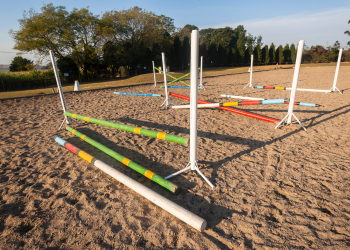
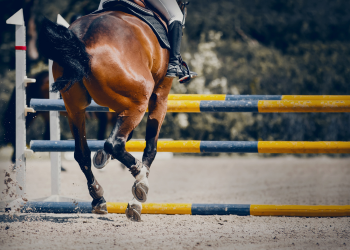
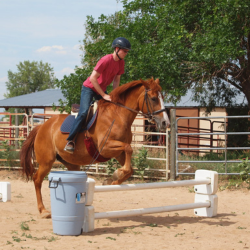
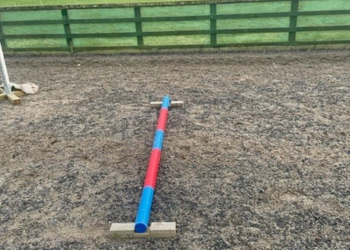
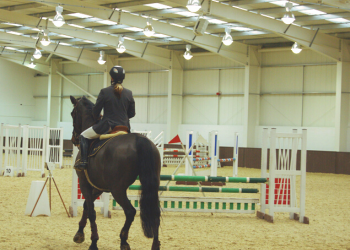
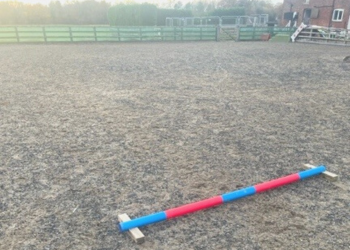
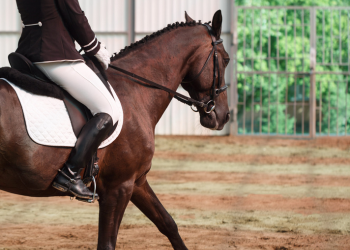

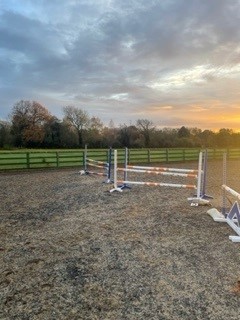
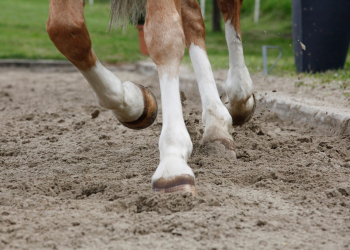
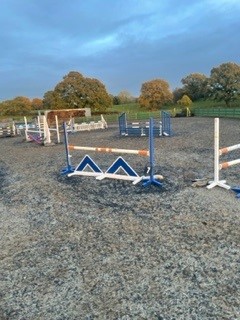
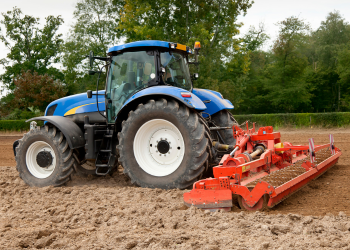

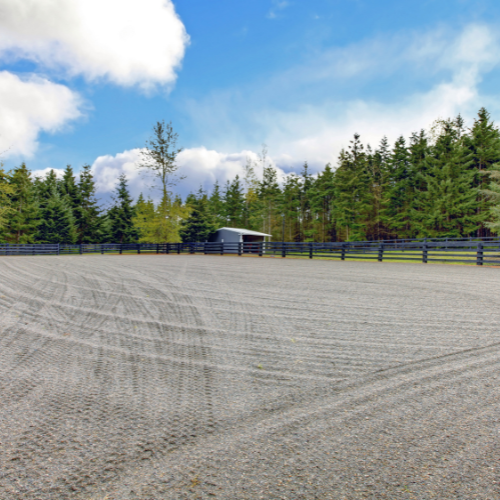

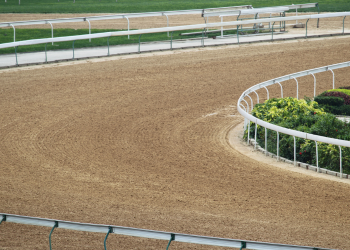
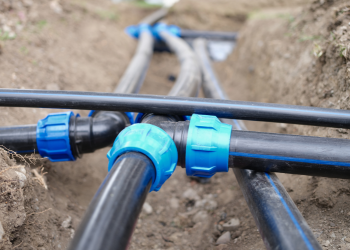
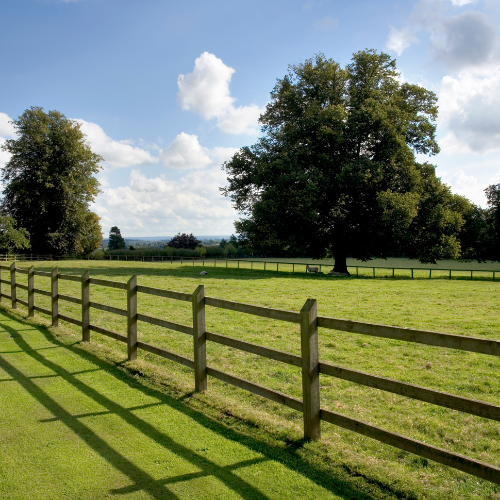
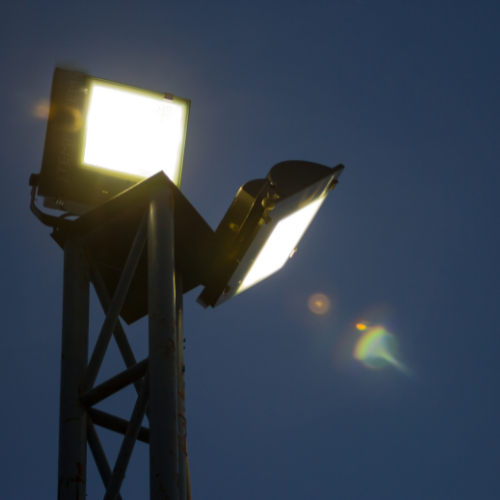
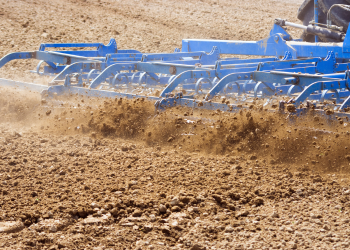
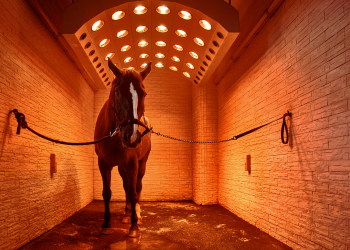


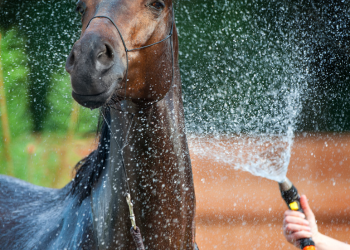
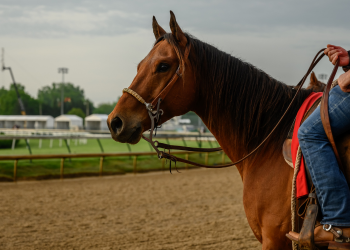
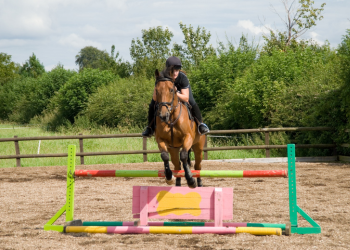
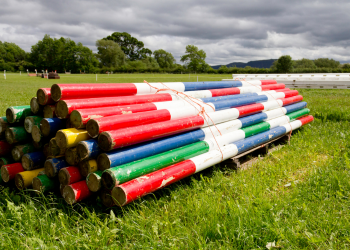
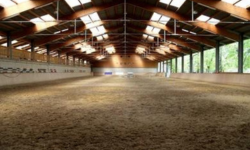
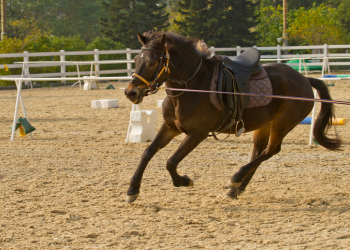

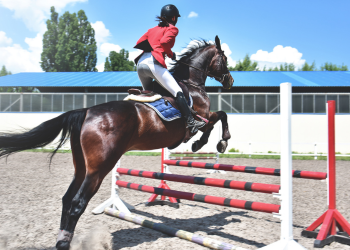

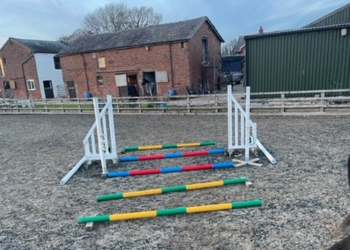

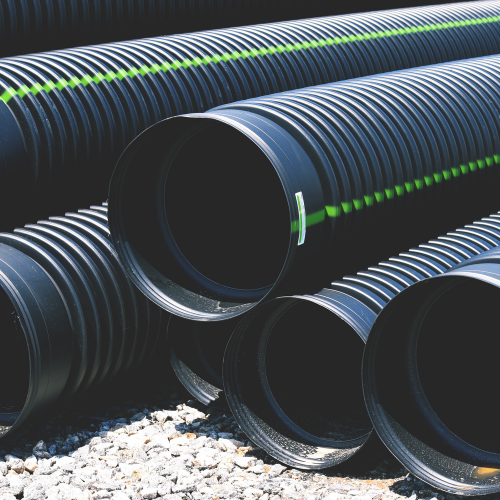
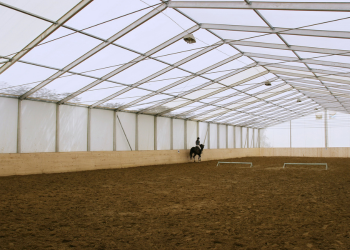
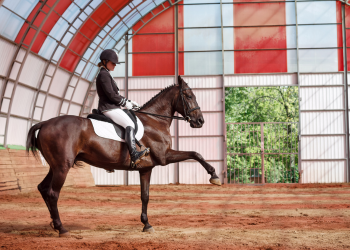
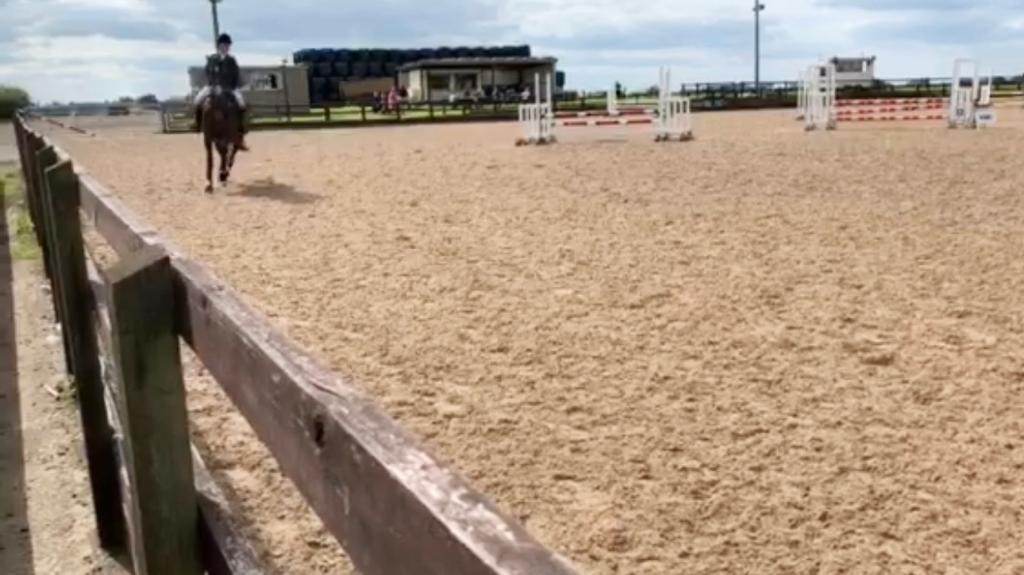
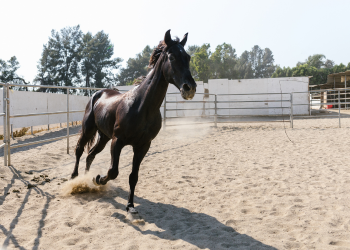
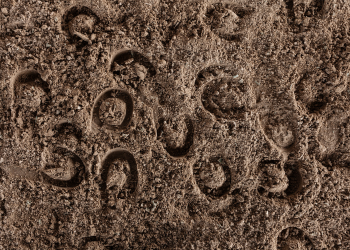

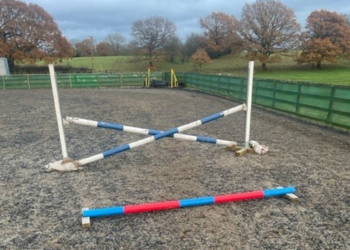


We Aim To Reply To All Enquiries With-in 24-Hours